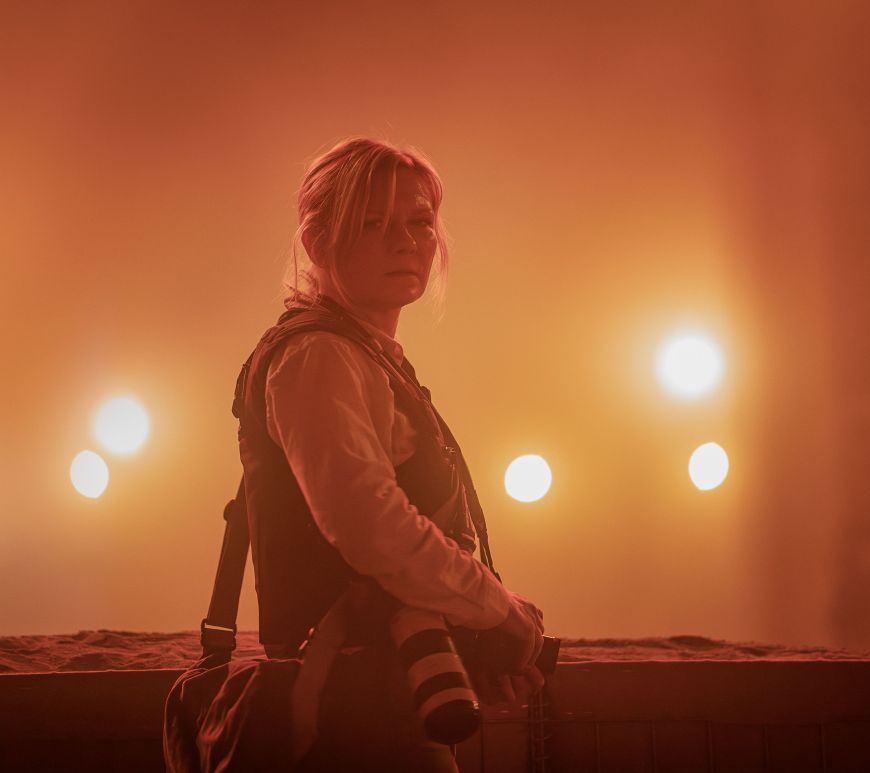
‘Every Last Breath’ Review
By: Amanda Guarragi Every Last Breath, written and directed by Leonardo Gomez, begins with a heartbeat and an exhale. The lore of the Greek personification of death Thanatos is instantly presented through different senses. He would appear to humans to carry them off to the underworld when the time allotted to them by the Fates had expired. Gomez integrated the mythology and modernized the interpretation … Continue reading ‘Every Last Breath’ Review




